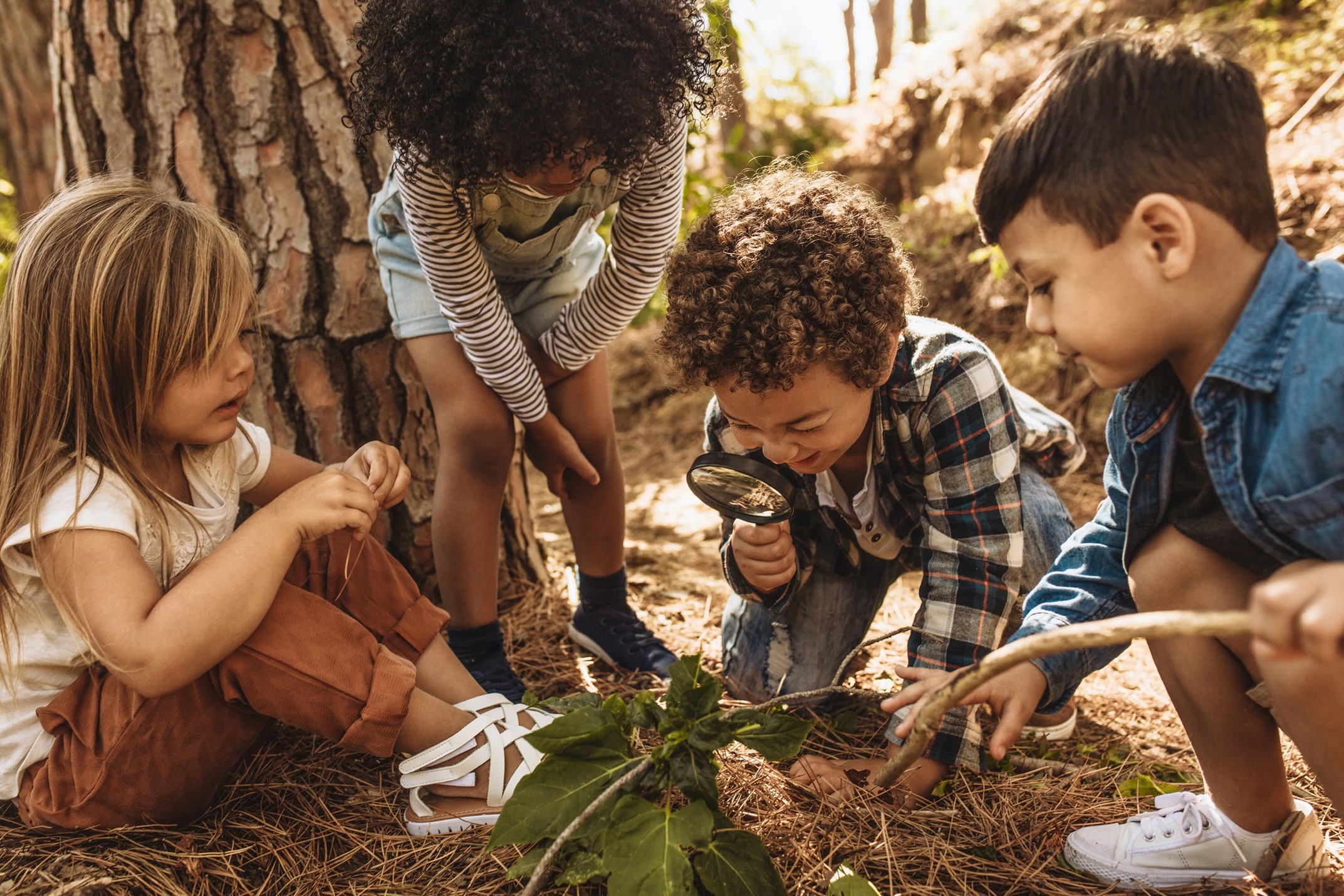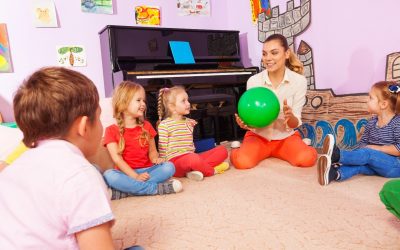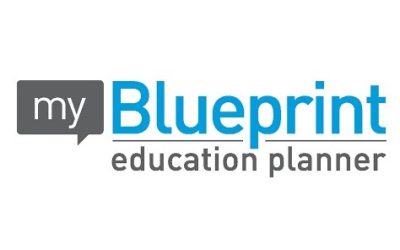Overview
In this activity, learners will explore, identify, and respect the natural environment all around us through a variety of hands-on activities, practicing mindfulness, and the use of technology. Learners will also view First Nations connectedness to the land and take time to reflect and discuss on how that perspective impacts our own responsibilities to the Earth.
NB Curricular Connections
English Language Arts:
- Strand: Interactions – Big Idea: Expression – Skill Descriptor: Express and discuss thoughts, feelings, experiences, ideas, and opinions, and consider those of their peers.
Personal Wellness:
- Strand: Wellness – Big Idea: Healthy Lifestyle – Skill Descriptor: Explore, describe and assess personal health habits that contribute to wellness.
Science:
- Strand: Scientific Literacy – Big Idea: Investigation – Skill Descriptor: Collect data during scientific inquiry into the local natural world.
- Strand: Learning and Living Sustainably – Big Idea: Responsible and Sustainable Application – Skill Descriptor: Apply scientific knowledge and an understanding of sustainable practices responsibly with respect to the natural world.
Social Studies:
- Strand: Geography – Big Idea: Human Systems and Interactions – Skill Descriptor: Describe Wabanaki peoples’ relationships with the natural environment.
What You’ll Need
- Pencils
- 32 squares of white paper
- PDF printable signs & scenarios – Mindful & Unmindful
- PowerPoint – All Around Us
- iPads/iPhone not provided (access to Seek/iNaturalist app, and to photograph finished art)
- Scotch tape
- Black Construction Paper (1 sheet per group)
- Glue
- Pencils
- 30 Paint chip Cards (see https://www.sherwin-williams.com/architects-specifiers-designers/color/color-tools/downloadable-color-palettes for free printable colour swatches or visit a local paint shop)
- Chart paper or whiteboard with marker
Instructions
DISCUSSION: Gather your students together in a usual meeting place in your classroom. Using the PowerPoint, “All Around Us”, read over the learning goals on Slide 2. From Slide 3, ask the question: What is all around us? Invite students to share their responses with a partner beside them and then have students share with the whole class as you record their responses on a piece of chart paper or whiteboard. Ask: “Why might we not always notice what is around us?” Invite students to share responses.
MOVEMENT ACTIVITY: Using slide 4, remind students that taking notice of what is around them is the skill of being mindful and the opposite of this is being unmindful. Place the two printable signs (Mindful & Unmindful) at opposite sides of the room and read the following scenarios (see attached sheet) as students move back and forth across the room to determine if the scenario is an example of being mindful or unmindful.
MINDFUL WRITING ACTIVITY: Back at their seats, have students prepare a pencil and square of white paper. Show slide 5 from the PowerPoint presentation. Read the poem, Fog, aloud as you give students 30 seconds of SILENCE to think about the poem.
Fog
(from Chicago Poems by Carl Sandberg)
The fog comes
On little cat feet.
It sits looking
Over harbour and city
On silent haunches
And then moves on
Then, ask students to draw and/or write down all the details that they heard. Have them compare their lists and pictures with a nearby partner. Re-read the poem and have students identify how many details were missing from their writing or picture. Discuss: Why?
FIRST NATIONS CONNECTEDNESS TO THE LAND: Go back to the chart paper responses to What is All Around Us? Let the class know that they will now practice the skill of being mindful outside! Before venturing to an outdoor space, have students view Slide 6, as they look and read about the territory that they are standing on right now. View the video (1:31) and discuss the questions posed on Slide 7. Together, identify what each of us can learn from plants and what are our responsibilities to the Earth?
PAINT CHIP CARD SCAVENGER HUNT: View Slide 8. Using the paint chip cards, give students the option to work individually, in partners or small groups (as you see fit) with the mission of finding items that are all around us and that exactly match the color swatch provided (plants, trees, rocks, twigs, pieces of garbage or debris, etc.). Give students a time frame (5-10 minutes) and choose a meeting spot for trouble shooting if more time is needed. “What do we notice? Were some colours easier to find than others? What items did we find? Are there any repeating items?” Next, divide students into small groups or larger groups (dependent on how many iPads and devices are available with iNaturalist app or Seek app installed) to help each other correctly identify plant, tree, and flower species. These apps require the use of the camera and will instantly identify species in your area.
WALK & TALK: After all the colour items have been found, have students bring their items & paint chip cards back into the classroom. Have them place them at their seats and allow for a 3 minute “Walk & Talk”, giving students the chance to see what was found by their peers. Using Slide 9, discuss: “Are all of our items natural or did we find evidence of human activity? What is the impact of humans in our outdoor space? If our playground or school was not here, do we think the outdoor space would be different and how? What different items might we have found?”
NATURAL COMPOSITIONS: Using the items that groups found outside, have groups create a natural composition, highlighting a common art concept. Talk about the best way to capture this incredible piece of artwork and why – How long will the materials continue to be their colour? Will items change over time? Where does brown fit? How should we showcase our creation? Etc. Please see attached PDF for tips on how to take a great photograph using an iPad or iPhone.
CAREER MINDFULNESS: Which careers in New Brunswick must use the skill of mindfulness daily? Have students share their thinking as you read through each job representative of our 4 Centres on slides 11-14 of the PowerPoint presentation.
| Centre of Energy
|
Electrician – safety around electricity and appliances is very important
Tree trimming – safety around electricity, equipment, and heights Water treatment – all water used at generating stations must be treated before and after use to make sure nothing toxic enters an ecosystem |
| Centre of Health | Physical Therapist – must notice patient’s pain level & ability, as well as be aware of the space and equipment around them
Health Researcher – must be aware of societal/economic trends, environmental impacts, shifts in public opinion regarding health Registered Nurse – must notice signs of illness or progress in their care |
| Centre of Entrepreneurship | Financial Planner – needs to know what’s happening in the economy ie: recession, market boom/bust for his clients
CEO – needs to notice the economic landscape/environment. For example – Covid impacted logistics and distribution, work force availability, safety. Marketing Consultant – needs to notice cultural/industry trends/innovation |
| Centre of Digital Innovation | Cybersecurity specialist – notice threats and patterns before they do harm to an organization’s software and/or network systems
App Developer – must notice public or specific customer needs Computer Programmer – must notice the needs and wants of company/clients/public |
NEXT STEPS: Return to the original chart of “What’s All Around Us?” and talk about what is missing. Add any items to the chart or take away any that do not belong. (For example: if there were acorns from a white oak tree, what other animals may also be living around us that we do not always see – birds, insects, deer, etc.) Allow students to share what they discovered from today’s activities. Show Slide 15 – Discuss: Knowing what is all around us, what are our responsibilities to our outdoor space? Co-construct a TOP 5 list – 5 best ways of how to honor and respect our outdoor environment (playground, outdoor classroom, sport fields, etc.). Are there any action steps that we need to take? (garbage around our space, endangered species, soil erosion, animal awareness, spread awareness of what is here and how to protect it, make signs, etc.). The possibilities are endless!
Extension Ideas
- Discuss the various hues of colours and where they all fit in a colour wheel – dig out the paint and see if you can re-create your paint chip
- Create a bar graph of how many tree and plant species are in your outdoor space
- Have students create signs around various tree, plant, and flower species in your outdoor space & provide tours for younger classes
- Try a WABANAKI LANGUAGES SCAVENGER HUNT (see printable versions below). Find as many outdoor items as you can to observe and practice the traditional languages of this territory, Wolastoqey (W) and Mi’kmaw (M)! Invite a class to go with you!
- Have your class create activities for an OUTDOOR learning day at your school with an emphasis on Mindfulness
- Re-visit the area in different seasons (fall, winter, spring) and compare/contrast what you find
- Create stories based on what you have found (possible animals and their adventures in your outdoor space)
- Did you enjoy the Seek app or iNaturalist app? How do those work?
- Don’t have an outdoor classroom? Have students dream, plan, and seek out a spot using their entrepreneurial spirit!
- Create posters around the school to help spread awareness of the dangers of littering, not recycling, and using one-use plastics
Reflection Activity
Please see the attached PDF for several choices on how you and your learners can reflect upon today’s activity.




